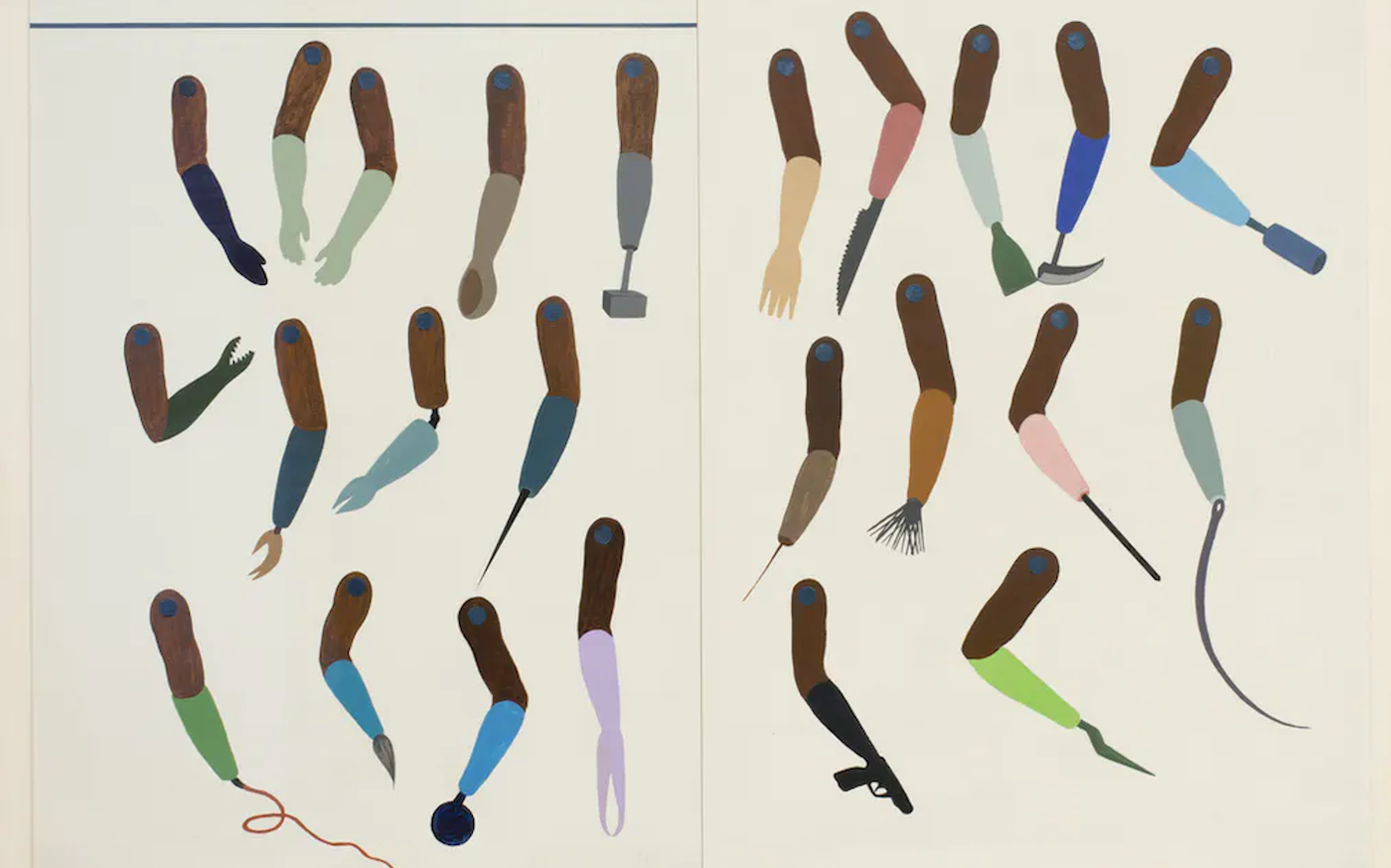Exploring the Complexities of Urban Spaces
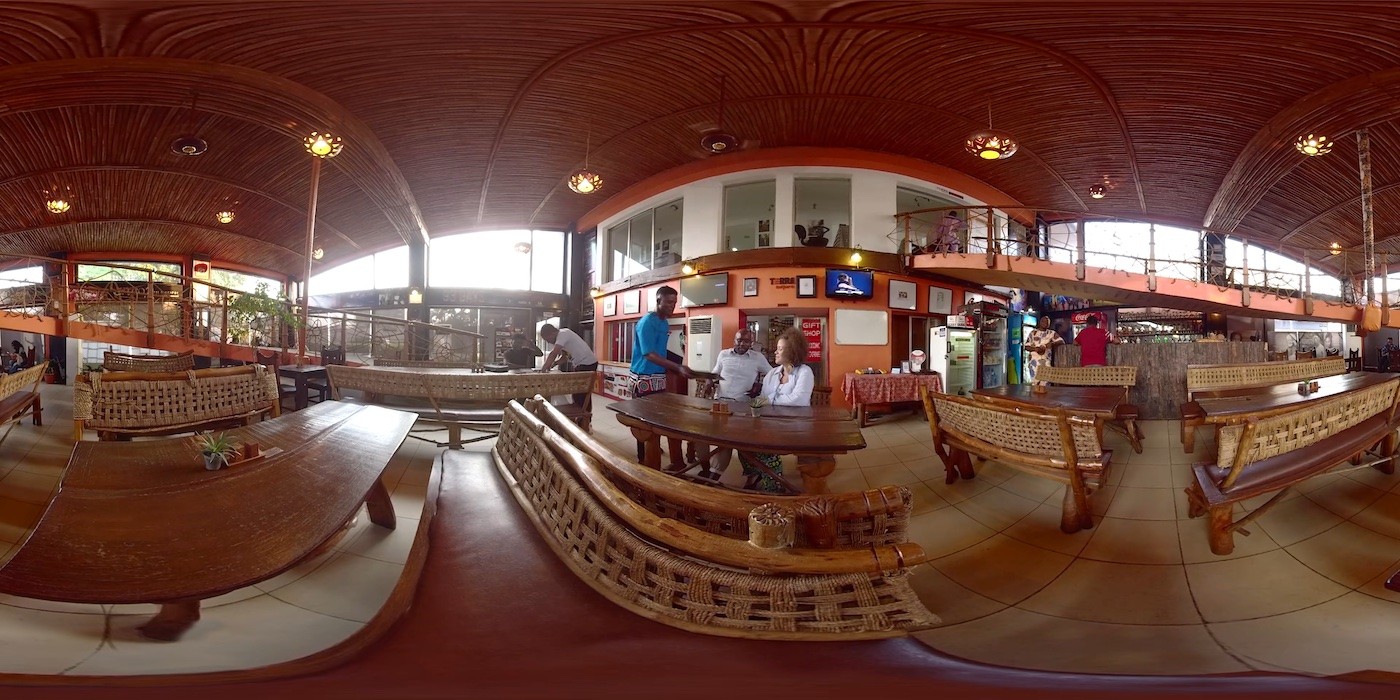
25 October 2022
Magazine C& Magazine
Words Joseph Omoh Ndukwu
5 min de lecture
Different experiences and identities form a city. Joseph Omoh Ndukwu writes about how art examines the interior spaces of urban belonging.
A city opens across several different planes and layers, and it can be closed off to perception and appreciation in as many ways. Artists whose practices focus on cities work within those different layers and across many doors of perception. With regard to Africa these perspectives span architecture and space, colonial legacies and histories, communities and identities, cosmopolitanism and urbanity, technology and new directions for the future. Consequently, in thinking about how art intersects with the city, how it examines and advances it, it is important to think about the varied ways artists create and present their work in relation to it.
Lagos-based artist Sheila Chukwulozie makes work focused on the body through various modes of performance and dance. Besides showing the body in its multifaceted beauty, it also shows that the body comes from and exists in a cultural and historical context. It is just as important to her to show the body in a physical (and social) space through which it operates fluidly. In her performances the body celebrates itself in that space, reflecting on it and questioning its notions and attitudes. The space in which she operates is hardly small or limited; it often is a city and its larger ramifications. Through her artistry, body and city become one, complimentary extensions of one another.

Godelive Kasangati kabena ,Etrangère, 2019. Courtesy the artist.
In the photographs of Congolese artist Godelive Kasangati Kabena, we also see how an artist situates herself in her city. Her work examines how she views the city of Kinshasa and how she views herself in relation to it. Writing in TSA Art Magazine’s Collector’s Series: Artists and Cities, Horcelie Sinda Wa Mbongo notes this about Kabena’s work: “The portraits navigate through the interior of space, self, memory and identity, examining her relationship to ‘home’.” She adds: “Her exploration is a realization that there are those overcoming personal barriers and fears in the city.” The author suggests that these personal barriers and fears are not external to the artist, but rather are feelings and experiences she has known intimately. Kabena’s work reinforces a point we tend to lose sight of – that the body in a city is a personal and vulnerable one, a human one.
Different communities and identity groups form in a city. The ties that hold them together are often cultural and economic, but due to the increasing diversity of urban spaces, they are also formed on the basis of sexual orientation, political ideology, and shared aspirations. All these groups share one thing: they recognize their vulnerabilities and find security and voice in their numbers and as unities. Some artists call attention to this issue in general, pointing out that there are many identity groups in any city and each should be afforded space to exist and thrive. In an essay featured in the TSA publication the curator and writer Nolan Stevens argues that Thania Petersen is one such artist. “[Her] collection of images serves as a much needed reminder that Cape Town is a cosmopolitan city made up of multiple races, cultures and creeds.” For her, the city is a microcosm of peoples and identities.
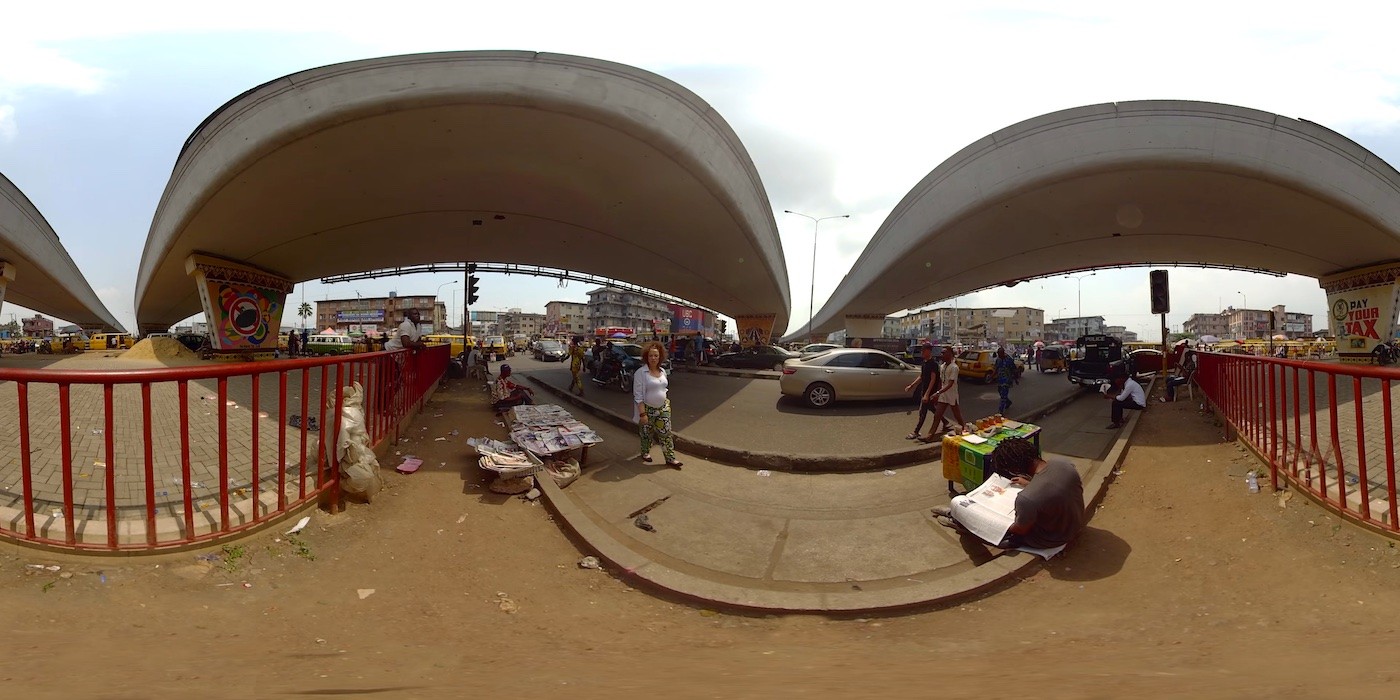
“Lagos at Large” by Jumoke Sanwo. Courtesy the artist.
Other artists focus on minority and marginalized groups. Zanele Muholi celebrates queer lives and communities. Highlighting them through art becomes a way of illuminating them and projecting them onto the world stage. Because of Muholi’s work, words like inclusivity, visibility, representation, and urban justice come to take on renewed and urgent meanings. Drawing enlightenment and inspiration from it, people can begin to imagine that a world in which they thrive is possible.
Many artists address the complexity of cities against the backdrop of history. History, however, is not singular but composite. There are histories of settlements, histories of economy and commercial interests, histories of education and religion – and histories of colonization. Over many cities on the continent that legacy looms, and it is still being examined and reckoned with. Artists try to see how colonialism has affected the continent, the extent of its intrusion and effects. Among their subjects are colonial violence and exploitation, erasure and modification of language and modes of being. So many things can be attributed to colonialism: feelings of racial inferiority, however vague; preferences for lighter skin tones over darker ones; the dwindling use of local languages and a decline in the number of young people who can speak them. How does art bring these concerns to the fore? How does it reshape the narratives that give Africans an unflattering and untrue image of themselves? How can it gesture at reclamation and a renewed way of existing in the world?
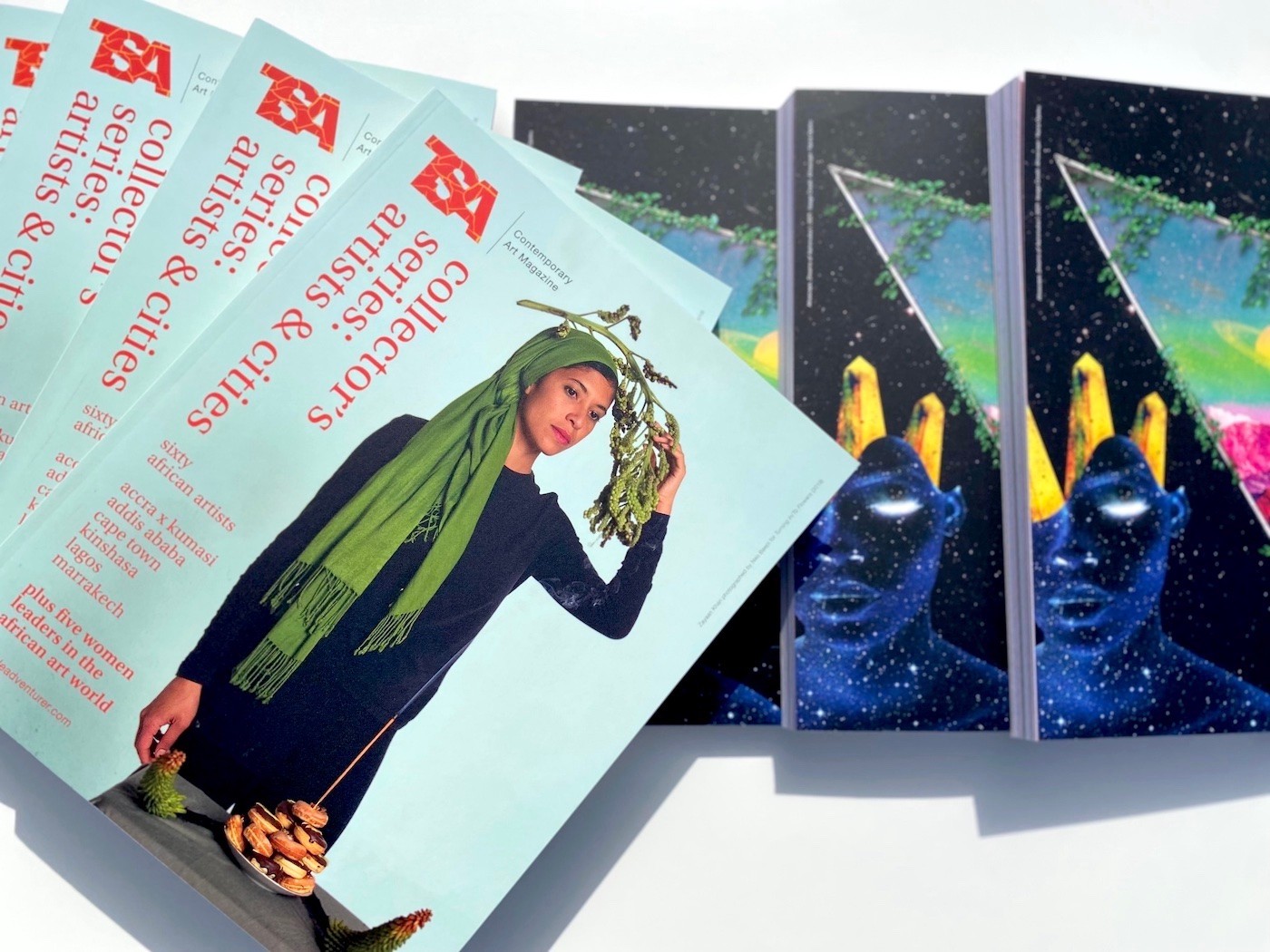
TSA Art Magazine’s Collector’s Series: Artists and Cities Cover
The practice of Ethiopian artist Wendimagegn Belete, which revisits Ethiopian archives and reflects on a local context, argues for embracing and supporting African ways of making and appreciating art as opposed to Western ones. “Art for Africans is a lived experience,” he says. “In our native context, the clothes we wear, the objects we use, our language, the visual vocabulary of our cities are all opportunities and sites for potential exploration.”
New and interesting futures are becoming apparent, blooming in exciting directions from the sprawl of African metropolises. Ghanaian photographer Latifah Idriss captures this burgeoning diversity and texture through photos of regions of her home city of Accra: Madina, West Legon, Tesano, and North Industrial Area. Jumoke Sanwo, founder of Revolving Art Incubator in Lagos, has utilized virtual reality and new technologies to think about and express her feelings toward her city. All this shows that African artists, like African cities, have their eyes on the future and are moving robustly in its direction.
Jumoke Sanwo’s work, along with the work of several of the artists mentioned here, can be found in TSA Art Magazine’s Collector’s Series: Artists and Cities.
Joseph Omoh Ndukwu is a writer and editor living in Lagos, Nigeria.
<p>
Plus d'articles de
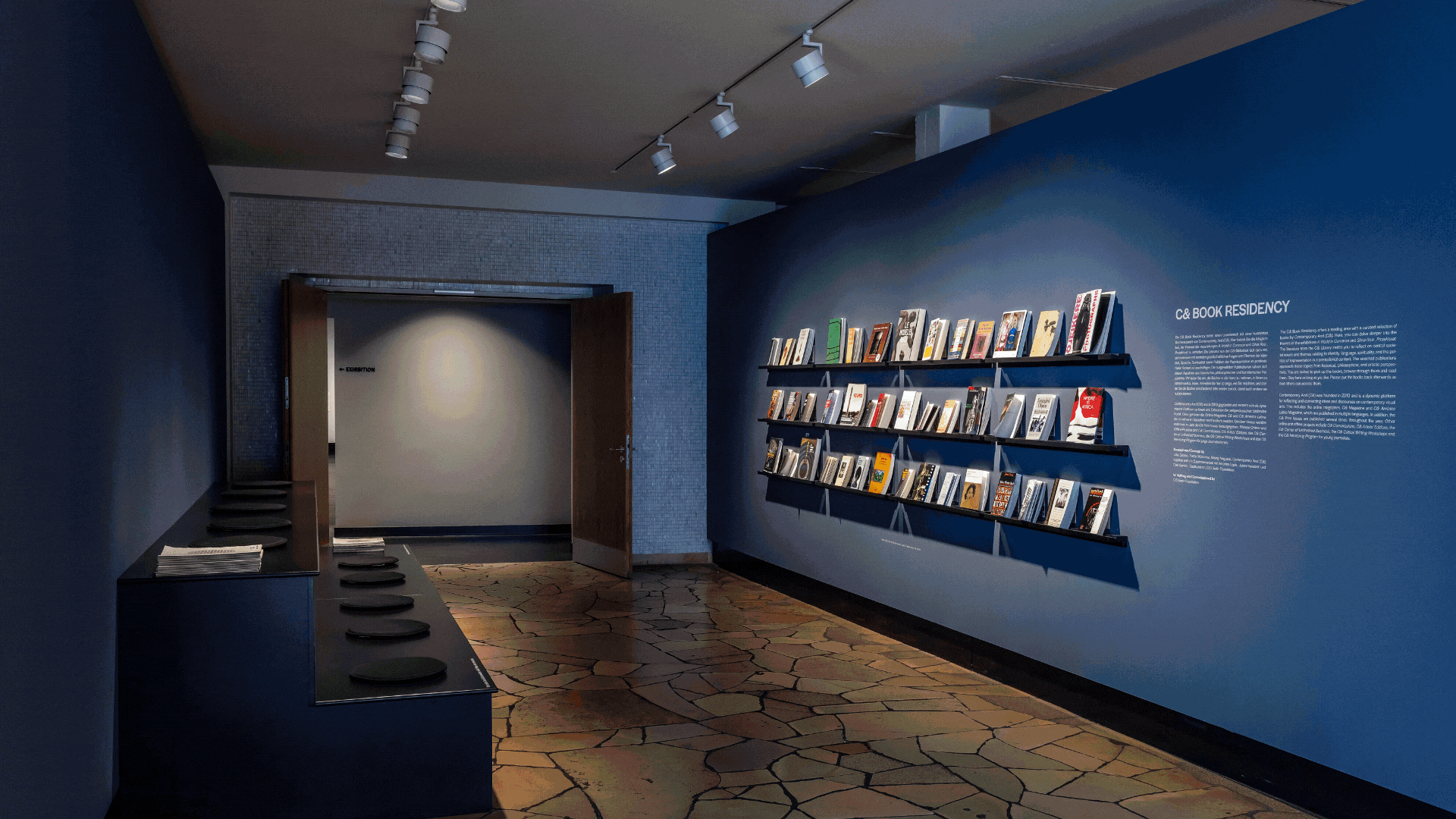
C& Highlights of 2025

Maktaba Room: Annotations on Art, Design, and Diasporic Knowledge

Irmandade Vilanismo: Bringing Poetry of the Periphery into the Bienal
Plus d'articles de

Shades of Green
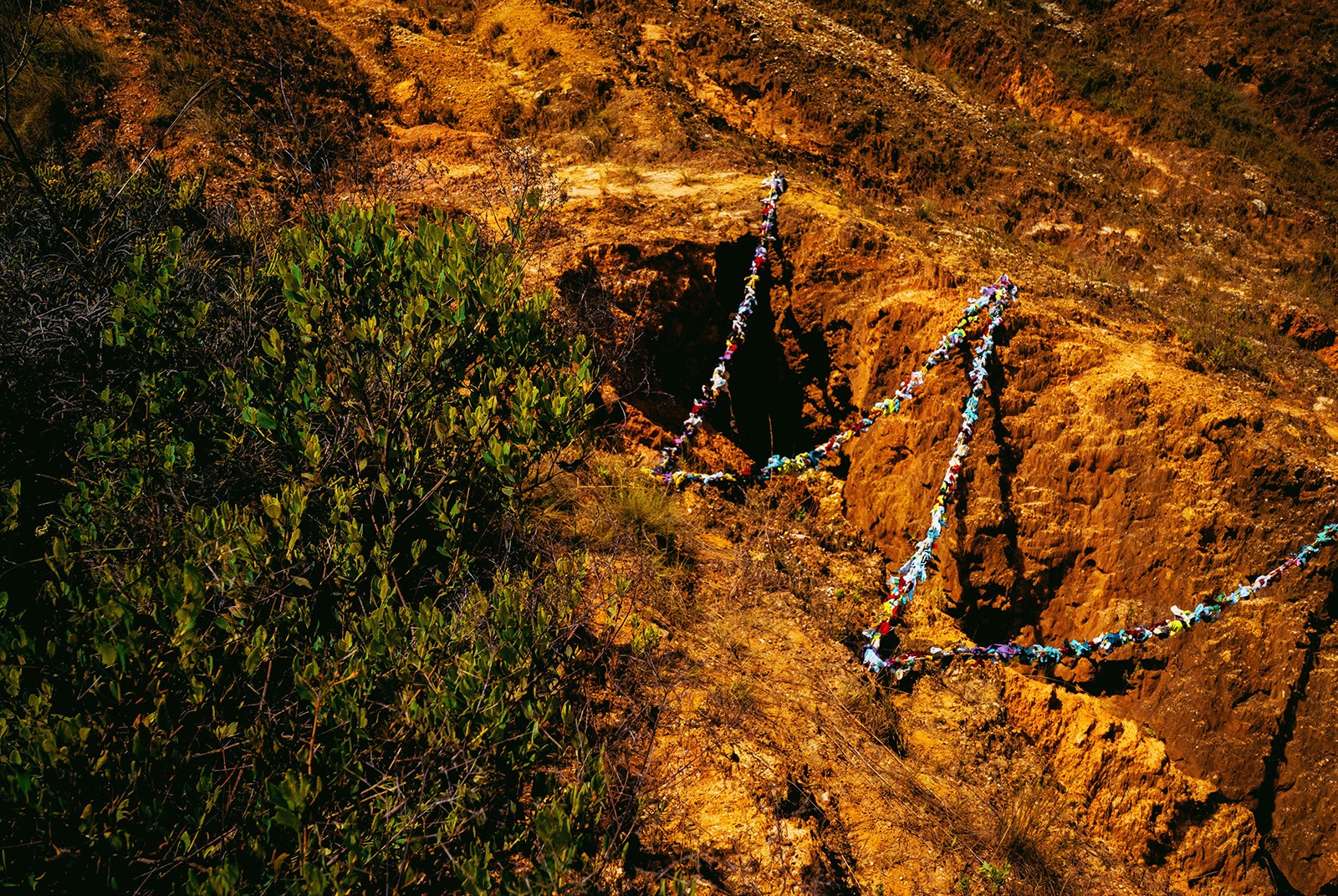
Carnival, Body, and Territory
